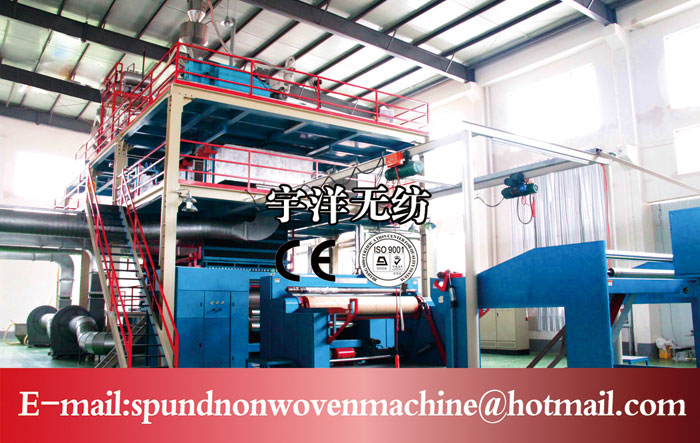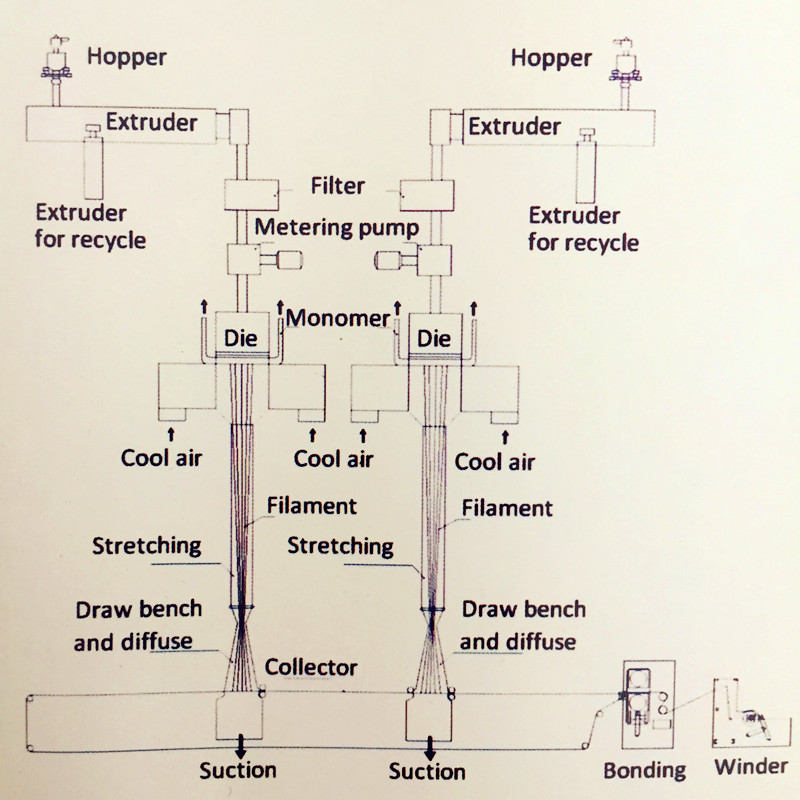“As a large developing country with a population of 1.3 billion, even with the most advanced technology available, the scale of energy resources needed to complete industrialization will be unprecedented. After years of accumulation, China has entered the peak period of mechanical and electrical product scrapping. The traditional production and consumption patterns of 'mass production, mass consumption, and mass disposal' will not be implemented to achieve recycling of waste products and resources, energy and the environment will be difficult to sustain." Recently, the Ministry of Industry and Information Technology has used energy conservation and comprehensive utilization. Yang Tie-sheng, deputy director of the company, said that it is necessary to seek a sustainable production and consumption model and accelerate the development of industrial recycling in order to break the constraint on energy resources and ease the pressure on the ecological environment. In this context, the remanufacturing industry can be said to follow the trend.
The industry believes that as China has become the world’s largest automobile production and sales country for many years in a row, the number of car ownership has risen sharply, and the replacement of automobiles has been accelerated. A large number of vehicles that have been eliminated have provided abundant resources for the auto parts remanufacturing industry. The prospects for remanufacturing auto parts in China are promising.
A significant increase in size and value <br> <br> China Association of Automobile Manufacturers of auto parts remanufacturing Branch Secretary Xie Jianjun, China's auto parts remanufacturing industry, though started late, but the rapid development in the remanufacturing business from the beginning of One has risen to more than a hundred homes, and its output value has risen from less than 0.5 billion yuan in 2005 to 8 billion yuan. The number of employees has also risen from less than 1,000 to the current 50,000. The scale and output value of the industry have grown significantly. .
Compared with the traditional waste metal recycling and disposal methods, automobile parts remanufacturing can recover about 70% of the added value of scrapped products; compared with the original manufacturing, remanufacturing can save 80% of energy consumption and save over 70% of materials. Reduce manufacturing costs by 30%-50%.
The rapid development of the automobile parts remanufacturing industry cannot be separated from the support of relevant policies. In 2005, the State Council issued the "Several Opinions on Accelerating the Development of Circular Economy", clearly supporting the development of remanufacturing, and proposed that "there are links for the production of renewable resources to vigorously recycle and recycle various waste resources and support the remanufacture of used mechanical and electronic products." The “Circular Economy Promotion Law†implemented in January 2009 incorporated remanufacturing into the legal system. In May 2010, 11 ministries and commissions including the National Development and Reform Commission jointly issued the "Opinions on Promoting the Development of Remanufacturing Industry", which will regard auto parts, construction machinery and machine tools as key areas for the development of the remanufacturing industry.
In July 2013, the National Development and Reform Commission and other five ministries and commissions issued the "Re-manufacturing Industry" implementation plan for trials to replace old ones, requiring 2013 as a pilot project for remanufactured products such as automotive engines, transmissions, etc., and gradually expand the scope of trials depending on the implementation conditions. . For remanufactured products that comply with the "old-for-for-new" promotion criteria, the central government grants a one-time subsidy to buyers of remanufactured products in accordance with a certain percentage of their promotion replacement prices (re-manufactured product sales prices minus old-parts recycling prices).
Jia Xinguang, a well-known car commentator, said that “older for another†is the buyer of the remanufactured product who returns the old part and purchases the remanufactured product at the replacement price. The "Re-manufactured Products" implementation plan for "replacement from old to new" aims to support the promotion and use of remanufactured products, promote the recycling of remanufactured old parts, and expand the market share of remanufactured products. Among them, the remanufacturing of auto parts is one of the key areas of the remanufacturing industry.
According to the "Re-manufactured Products" implementation plan for the "old-for-for-new" pilot project, the re-manufactured product "changing for old ones" pilot promotion work should follow the principle of "simple procedures, direct subsidies, and safety and high efficiency." Relevant ministries and commissions have included remanufactured products produced by remanufactured pilot enterprises that are widely available, with reliable quality and performance, and have significant energy saving and material saving effects, to be included in the scope of financial subsidies.
Xie Jianjun believed that the implementation of a series of policies provided policy guarantees for enterprises to carry out remanufacturing of auto parts, unified ideological understanding, created a good development atmosphere, and promoted the rapid development of China's auto parts remanufacturing industry.
Internal combustion engine remanufacturing into focus <br> <br> China Internal Combustion Engine Industry Association executive vice president and secretary general Xing Min said internal combustion engine industry is an important basic industry, industrial chain length, associated with high, wide range of employment, consumer-driven large . The implementation of remanufacturing of internal combustion engines can not only realize the resource utilization of a large number of failed products, but also help cultivate new economic growth points, accelerate the development of recycling economy and build a resource-saving and environment-friendly society.
Remanufacturing of internal combustion engines is one of the key areas for the remanufacturing of auto parts. Remanufacturing of internal-combustion engines is to centralize dismantling, component cleaning, detection and classification of failed internal-combustion engines, and re-manufacture them through certain processes in accordance with the requirements of the original new product technical specifications, so that the service life and dynamic performance of re-manufactured internal-combustion engine products The indicators such as economy, environmental protection, and reliability are not lower than the standard requirements of the new prototype of the prototype.
The remanufacturing of the internal combustion engine not only can reduce waste, but also has considerable environmental benefits. It also saves energy and material, and has significant economic and social benefits. According to the data, most of the important components such as cylinders and crankshafts of end-of-life internal combustion engines are partially deactivated. Through remanufacturing such as forming and repairing, the dimensions, accuracy, and performance of the components can be restored without changing the shape and the material of the body.
The industry believes that the remanufacturing of internal combustion engines is a complex system project, and the development of the industry requires policy guidance and support.
In November 2013, the Ministry of Industry and Information Technology released the "Internal Combustion Engine Remanufacturing Promotion Plan" and proposed the goal of significantly increasing the remanufacturing production capacity, enterprise scale, and technical equipment level of the internal combustion engine industry by the end of the "Twelfth Five-Year Plan."
The plan makes it clear that remanufacturing demonstrations will be carried out mainly in the medium- and heavy-duty commercial vehicle engines, passenger car engines, and other areas in the demonstration of the entire engine and key parts remanufacturing project. In the key component remanufacturing demonstration project, demonstrations are mainly conducted in the fields of supercharger, generator, starter, oil pump, fuel pump, and water pump.
The plan proposes that by the end of the “Twelfth Five-Year Planâ€, the entire industry will form 350,000 sets of remanufacturing production capacity of various types of internal-combustion engines, 6-8 complete machine remanufacturing enterprises with a size of more than 30,000 units, and 30,000 or less. There are more than 6 complete remanufacturing companies, and more than 30 large-scale supporting enterprises for key components such as superchargers, generators, starters, oil pumps, fuel pumps, and water pumps. Established a number of demonstration projects for the remanufacturing of internal combustion engines such as passenger cars, medium and heavy commercial vehicles, construction machinery, agricultural machinery, power generation equipment, ship power, petroleum machinery, and railway locomotives.
Yang Tiesheng believes that accelerating the development of the remanufacturing industry is an inevitable requirement for advancing the industry's cyclical development. The internal combustion engine remanufacturing promotion plan will work hard along the established direction and will surely achieve the desired goals.
Yang Tiesheng stated that it is necessary to actively create a policy environment for the internal combustion engine remanufacturing industry. The industrial authorities in the relevant regions must strengthen the guidance of the internal combustion engine remanufacturing industry in the region and strengthen the management and policy financial support for the implementation of the plan implementation units.
Standardize and guide the development <br> <br> It is understood that the end of the 1990s, China has proposed the establishment of remanufacturing system. In 1998, China National Heavy Duty Truck Group Jinan Fuqiang Power Co., Ltd. was established, becoming the first internal combustion engine remanufacturing enterprise in China. In the following 10 years, China's auto parts remanufacturing industry gradually developed and gradually became a scale.
“The achievements in the development of China's parts remanufacturing industry are obvious to all, but there are still many problems in remanufacturing as a new industry.†Xie Jianjun said, for example, remanufactured products are not widely recognized by consumers; the old parts of remanufactured products are The sales channels are not smooth enough; the remanufacturing technology and management level are not high, the quality of products is uneven, and the relevant regulations for the recycling of end-of-life automobiles need to be revised. The relevant management system needs to be improved and the technical standards are still not perfect.
How to speed up the development of China's auto parts remanufacturing industry, Xie Jianjun believes that, first of all, it should establish a standard of unimpeded reverse logistics system as soon as possible. Due to the non-standard and unreliable recycling channels of old products, a large number of old products are directly treated as waste products, and it is difficult to ensure that enough old products are returned to remanufacturing enterprises, resulting in the company's remanufacturing production lines often being “idle†or “half idleâ€. status. Second, we must strengthen the awareness of the remanufacturing industry chain. Under the overall framework of “change from old to newâ€, auto parts remanufacturers must establish a good product tracking system to understand the use of products, life cycle and withdrawal time. In combination with the reverse logistics system, we maintain a product replacement relationship with customers. Third, auto parts remanufacturing companies must "move together" forward. China's auto parts remanufacturing industry is in its infancy, and it requires auto parts remanufacturing enterprises to exchange and support each other for common development.
According to industry sources, relevant government departments should take various measures to strengthen supervision, strictly control the quality inspection of remanufactured auto parts, use policies to guide consumer attitudes, and increase publicity so that more consumers can understand and use it again. Manufacturing auto parts.
Double beam spunbond nonwoven machines distribute polypropylene(PP) by two dies, which promotes the output of nonwoven fabric. The product of SS nonwoven machine is more suitable for masks, filtering material and so on.

Advantages of Double Beam Spunbond Nonwoven Line:
1. The product of SS nonwoven production line has greater intensity, better breathable feature and better feeling.
2. The output of SS nonwoven machine is larger than S nonwoven machine.

Main Parameters of Double Beam Spunbond Non-woven Line:
|
Quantity of Die |
Spunbond Unit: 2 set |
|
Effective Width <mm> |
1600 |
|
2400 |
|
|
3200 |
|
|
GSM<g/㎡> |
9-150 |
|
Embossing Pattern |
Diamond |
|
Oval |
|
|
*Customizable |
If you have any question about the nonwoven production line, please contact us directly. We will reply you as soon as possible. We are willing to take you to visit the factory.
Double Beam Spunbond Nonwoven Line Series
Double Beam Spunbond Nonwoven Line,Double Beam Spunbond Line,SS3600 Nonwoven Fabric Line,SS2000 Nonwoven Fabric Line
Yangzhou Yuyang Nonwoven Machinery Co., Ltd , http://www.yynonwovenmachine.com